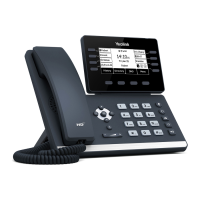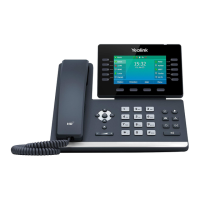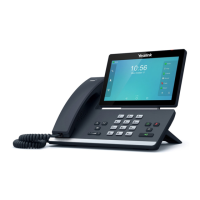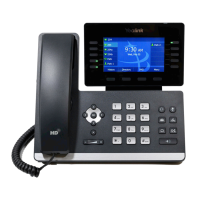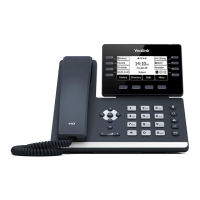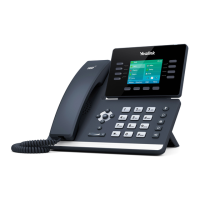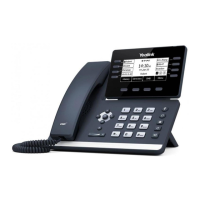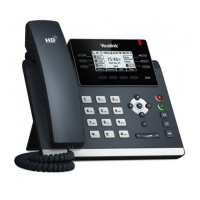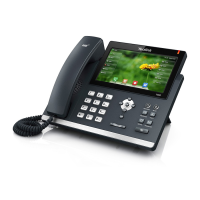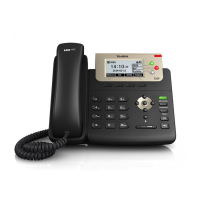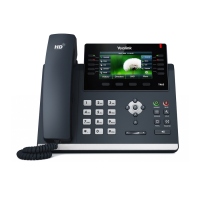Administrator’s Guide for SIP-T2 Series/T19(P) E2/T4 Series/T5 Series/CP860/CP920 IP Phones
300
Dial Plan using XML Template Files
Yealink IP phones support the following dial plan features:
Replace Rule
Dial Now
Area Code
Block Out
You can configure these dial plan features via web user interface or using configuration files.
You can select to add a replace rule/dial now rule one by one or using the replace rule/dial now
template file to add multiple replace rules at a time.
You need to know the following basic regular expression syntax when creating old dial plan:
The dot “.” can be used as a placeholder or multiple placeholders for
any string. Example:
“12.” would match “123”, “1234”, “12345”, “12abc”, etc.
The “x” can be used as a placeholder for any character. Example:
“12x” would match “121”, “122”, “123”, “12a”, etc.
The dash “-” can be used to match a range of characters within the
brackets. Example:
“[5-7]” would match the number “5”, ”6” or ”7”.
The comma “,” can be used as a separator within the bracket.
Example:
“[2,5,8]” would match the number ”2”, “5” or “8”.
The square bracket "[]" can be used as a placeholder for a single
character which matches any of a set of characters. Example:
"91[5-7]1234"would match “9151234”, “9161234”, “9171234”.
The parenthesis "( )" can be used to group together patterns, for
instance, to logically combine two or more patterns. Example:
"([1-9])([2-7])3" would match “923”, “153”, “673”, etc.
The “$” followed by the sequence number of a parenthesis means
the characters placed in the parenthesis. The sequence number
stands for the corresponding parenthesis. Example:
A replace rule configuration, Prefix: "001(xxx)45(xx)", Replace:
"9001$145$2". When you dial out "0012354599" on your phone, the
IP phone will replace the number with "90012354599". “$1” means 3
digits in the first parenthesis, that is, “235”. “$2” means 2 digits in
the second parenthesis, that is, “99”.
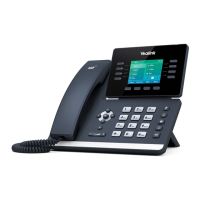
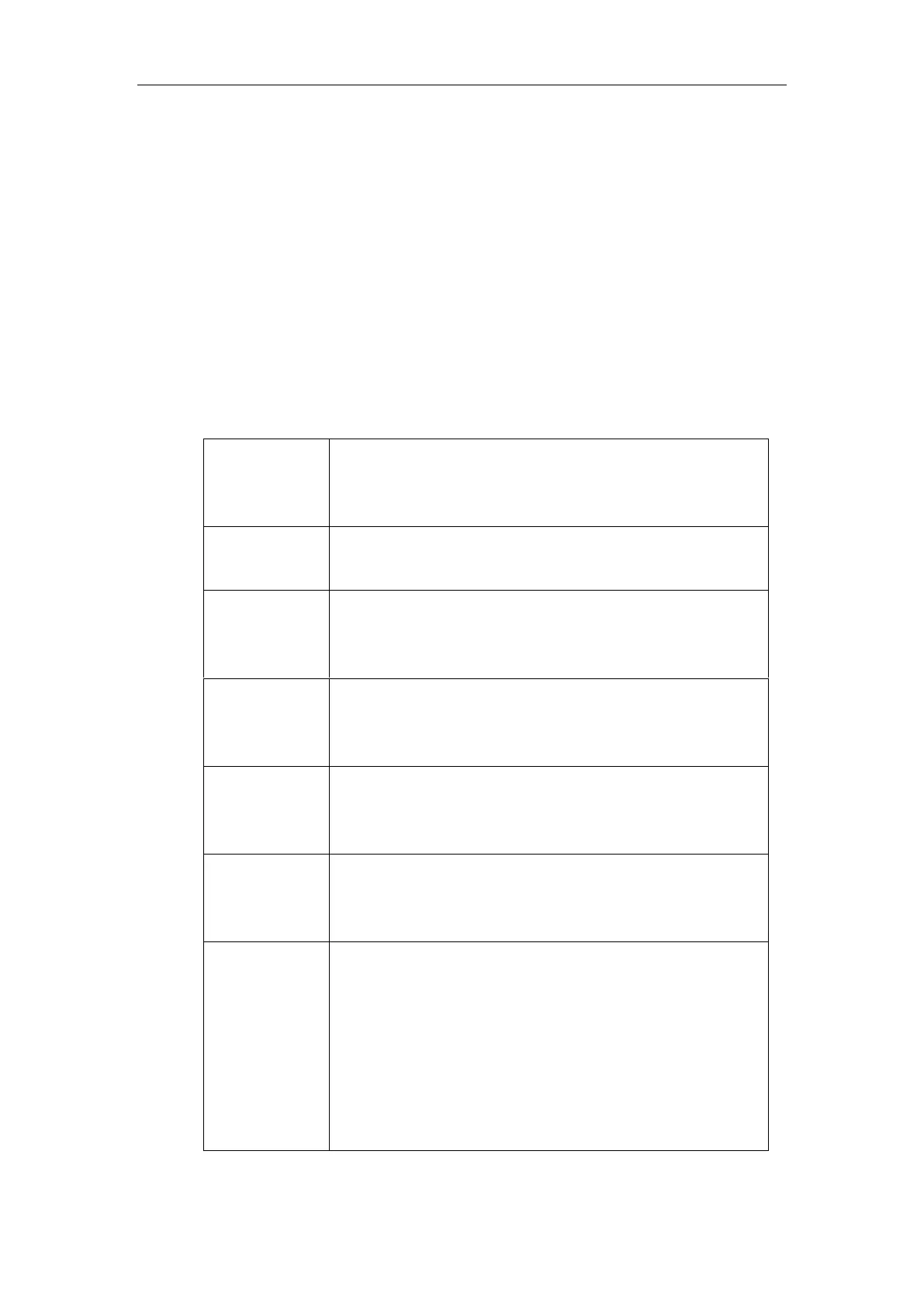